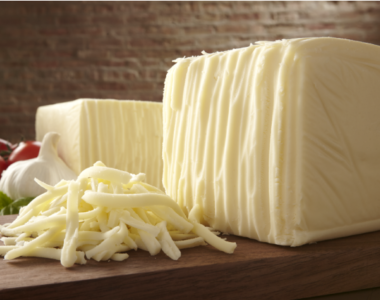
Crispy Delights: The World of Frozen Fries
Introduction
Few culinary pleasures are as universally beloved as the humble yet irresistible frozen French fry. These golden, crispy strips of potato have achieved cult status in the realm of comfort food, gracing plates in homes and restaurants worldwide. As we embark on a journey through the world of frozen fries, we’ll uncover their history, explore their preparation methods, delve into regional variations, and appreciate the cultural significance that makes them a culinary treasure.
A Brief History of Frozen Fries
Origins and Evolution
The story of frozen fries begins with the potato, a South American native that found its way to Europe in the 16th century. However, it wasn’t until the late 19th century that the French fry, as we know it today, gained popularity in Europe and North America. It was initially sold as a street food, often served in paper cones.
The concept of freezing potatoes for convenience and extended shelf life began to take shape in the mid-20th century. By the 1940s, frozen fries made their debut in the United States, revolutionizing the way we enjoy this classic side dish.
Ingredients and Preparation
The Potato: Heart of the Fry
Quality frozen fries start with quality potatoes. Russet Burbank and Yukon Gold are favored varieties due to their ideal starch content and texture. The potatoes are washed, peeled, and cut into uniform strips, creating the familiar French fry shape.
Preserving Freshness through Freezing
The key to frozen fries is the freezing process. After cutting, the fries are blanched in hot water to partially cook them, preserving their color and texture. They are then rapidly frozen, ensuring they remain free-flowing and maintain their quality during storage.
Cooking Methods and Variations
Baking, Frying, or Air Frying
Frozen fries offer the convenience of various cooking methods. Baking in the oven creates a crispy exterior with a fluffy interior. Deep-frying delivers the traditional golden and crispy result. In recent years, air frying has gained popularity for its ability to achieve a similar texture with less oil.
Seasonings and Flavors
Frozen fries come in a variety of flavors and seasonings, from classic salted to exotic options like garlic Parmesan, truffle, or spicy chili. These variations cater to diverse palates and culinary preferences.
Recipes to Try at Home
Classic Oven-Baked Frozen Fries
For those eager to recreate the comfort of classic frozen fries at home, here’s a simple recipe:
Ingredients:
- 1 bag of frozen fries
- Cooking spray or vegetable oil
- Salt and seasoning of choice
Instructions:
- Preheat your oven according to the package instructions.
- Arrange the frozen fries in a single layer on a baking sheet.
- Lightly coat the fries with cooking spray or a small amount of vegetable oil for crispiness.
- Sprinkle with salt and your favorite seasoning.
- Bake according to the package instructions, flipping the fries halfway through to ensure even cooking.
- Serve hot and enjoy your homemade frozen fries.
Conclusion:
In conclusion, frozen fries have come a long way from their humble beginnings as a street food to becoming a culinary staple enjoyed across the globe. These crispy delights offer a comforting and convenient indulgence, whether served as a side dish, snack, or part of regional specialties like poutine or Belgian frites.
The magic of frozen fries lies in their ability to adapt and appeal to a wide range of tastes and dietary preferences. Whether you savor them with traditional condiments or venture into gourmet seasonings, the world of frozen fries is boundless.
So, the next time you reach for a plate of golden, crispy frozen fries, take a moment to appreciate the simplicity and versatility of this beloved culinary creation—a dish that transcends borders and brings joy to countless tables worldwide.




